
7 Ways Excessive Drinking Can Cause Vision Problems
We’re all for having a glass of wine after a long day at the office or popping open a bottle of champagne on special occasions, but excessive drinking has been proven to lead to severe vision problems.
It’s no secret that excessive alcohol consumption can lead to a number of health risks, including liver damage, anemia, cardiovascular disease, and depression. Not many would think that too much alcohol could cause permanent vision damage.
 Sure, we know that drinking affects our vision and can cause blurred or double vision, especially at night. This is sometimes known as “beer goggles.” After all, impaired vision and a slowed reaction time are why drinking and driving are often a fatal combination.
Sure, we know that drinking affects our vision and can cause blurred or double vision, especially at night. This is sometimes known as “beer goggles.” After all, impaired vision and a slowed reaction time are why drinking and driving are often a fatal combination.
Risks of Long-Term Excessive Drinking
Long-term excessive drinking can permanently damage your eyesight and can even lead to blindness in some cases.
1. Brain to Eye Communication
Excessive drinking doesn’t affect the eyes directly, but it does affect the brain. Naturally, as the brain and eyes are so closely linked, our vision suffers because of it.
When someone spends a night drinking too much, the brain has trouble communicating with every part of the body including the eyes. The images being sent from the brain to the eyes are not being interpreted correctly or take a longer time to process.
This slowed communication from the eyes to the brain not only affects how we interpret images, but can also set off a myriad of other side effects that will impair your vision and, in some cases, even damage your eyes.
2. Optic Nerve Damage
Optic nerve damage is very closely linked to neurological damage sustained by the brain when partaking in heavy drinking. Because the optic nerve is made up of neurological transmitters, it can become damaged by alcohol, just like in the brain.
The optic nerve is in charge of sending impulses from the retina of the eye to the brain. A damaged optic nerve can lead to low vision and sometimes blindness. There’s a reason the phrase “drinking yourself blind” floats around. It isn’t a witty remark or an old wives’ tale, it is truth.
Optic nerve damage can also be very painful. It can lead to eye pain, eye floaters, loss of vision in one or both eyes and loss of color perception. It doesn’t happen often, but when alcohol is involved, you’re at a higher risk.
3. Toxic Amblyopia
Optic nerve damage brought on by alcohol will sometimes lead to a condition called toxic amblyopia. This disease is usually seen in alcoholics due to too much menthol consumption.
Toxic amblyopia was very common before World War II due to excessive drinking and tobacco use. Now the disease has become rarer and is often only seen in people suffering from alcoholism.
The disease, after long-term substance abuse, will result in vision loss. There is no treatment available for the disease, only methods of coping with your new vision. Low vision aids are available for those with toxic amblyopia.
The disease can take anywhere between a few days to weeks to fully develop. Unfortunately, once it does start to progress, there isn’t much that can be done to stop it.
The main symptom is blind spots in your vision that gradually get bigger. Eventually, they will lead to total blindness that cannot be reversed.
4. Rapid Eye Movements
Rapid eye movements are not unusual. In fact, we experience rapid eye movements at night during our REM cycle of sleep. Rapid eye movements while awake, however, are a rare and unusual occurrence.
Rapid eye movements or involuntary eye movements are often called nystagmus and can affect one or both eyes. These involuntary eye movements can cause your eyes to jump in every which way. Sometimes there’s a pattern to the movements, but it can also be totally random.
This can be incredibly annoying as your eyes can never focus on one point for very long. Constant jumping around can also cause eye strain and headaches. Nystagmus may sometimes cause you to lose balance or to have trouble balancing yourself while standing for long periods of time.
If someone is suspected to have nystagmus, they will likely undergo a CT scan or an MRI to get a scan of the brain. Often these rapid eye movements are due to neurological problems in the brain.
The problem can be fixed somewhat with special eyeglasses or contact lenses. Treatments will not always solve the problem. Some people react better to them than others.
5. Double Vision
You knew this vision problem would make our list. Double vision is the most common vision problem associated with excessive drinking. Once again, this problem is caused by the diminished communication between the eyes and the brain when drinking.
Double vision is not dangerous unless you’re behind the wheel. Otherwise, it will not affect your overall eye health. It will cause you to lose depth perception. Walking and doing other tasks will prove difficult.
The double vision will most likely go away as you sober up. If it doesn’t, it may indicate a more serious issue in the eye. Call your doctor if your double vision persists longer than it should.
6. Bloodshot Eyes
Bloodshot eyes, or red eyes, can indicate many things; allergies, infections, or lack of sleep. It is also a common side effect of too much drinking. This happens when the blood vessels in the eye become irritated and enlarged.
Aside from the obvious symptom of having the whites of the eye look red, bloodshot eyes may also feel itchy, burning, and painful and may cause the eyelids to swell. Normally this isn’t anything to worry about unless the redness does not go away.
Like double vision, if the bloodshot eyes do not revert back to normal after a night of drinking, then it could be more serious and require medical attention. If your eyes are bloodshot, avoid touching them and talk to your doctor for a proper diagnosis.
7. Sensitivity to Light
Sensitivity to light is probably the most well-known side effect of a hangover. This vision problem can also affect inebriated people however they may have had too much to drink to remember.
Because your reaction time is slowed when you drink, so are your eyes. The pupils are slower to dilate and contract. So, if you go from a dark room to a light room or vice versa, you’d have a lot of trouble adjusting to the new lighting.
This vision problem can lead to lots and lots of headaches, especially during the sobering-up stage. The pupils will take a little more time to get back to normal. Expect slow pupil reaction time for up to 24 hours after your bout of excessive drinking.
Alcohol can be fun in moderation. There’s no need to overdo it. You may think that a wild lifestyle that includes excessive drinking only affects the brain and liver, but it affects every part of the body for the worse. Next time you go out drinking or have a get-together, set a limit for yourself so as to not go overboard.
Our Rebuild Your Vision Ocu-Plus Formula Contains All 17 Vitamins, Minerals, and Herbal Supplements to Improve Your Eye Health!




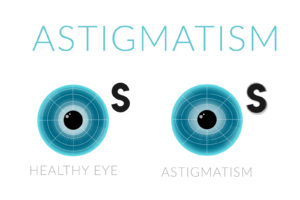
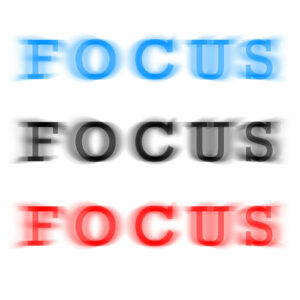


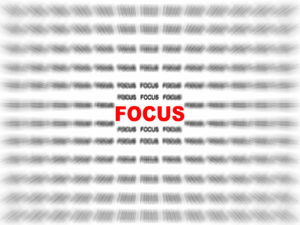
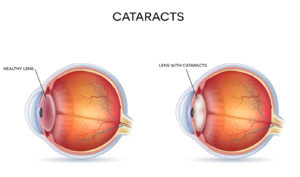

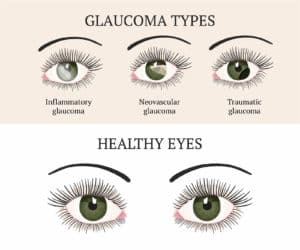
All indication given in the above subject are absouleutly correct we must avoid drinking to maintain our natural health